Fast-Acting Radon Reduction for Immediate Results
Radon mitigation involves reducing indoor radon levels to protect health and improve air quality. Radon is a radioactive gas that can accumulate in homes, particularly in basements and lower levels. Effective mitigation systems can lower radon concentrations significantly, often by over 90 percent, reducing health risks associated with long-term exposure.

Installation of a radon mitigation system typically involves sealing entry points and installing vent pipes to safely redirect radon outdoors.
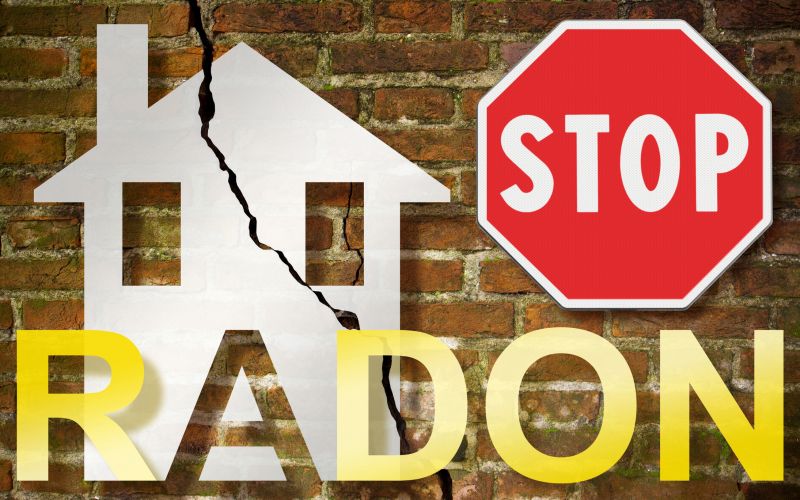
A professionally installed system effectively reduces radon levels, providing safer indoor air quality.
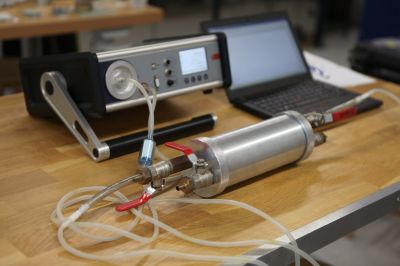
Testing devices measure radon levels before and after mitigation to ensure optimal reduction.
Radon levels can vary based on geographic location, building construction, and ventilation. Testing is essential to determine if mitigation is necessary. Elevated radon levels are often found in areas with certain soil compositions, making regular testing and prompt mitigation vital for health protection.
The process of radon mitigation generally begins with testing to identify radon concentrations. Once elevated levels are confirmed, a mitigation system is designed and installed by professionals. The most common method involves installing a vent pipe system and a fan to draw radon from beneath the house and vent it outside, away from windows and entrances.
Mitigation typically takes a few hours to a full day, depending on the size of the property and complexity of the system. Professional installation ensures the system is effective, safe, and compliant with relevant standards. Proper sealing of entry points and regular testing after installation help maintain low radon levels.
Hiring a professional for radon mitigation offers several advantages. Experts have the experience to design efficient systems, identify potential entry points, and ensure proper installation. This reduces the likelihood of future radon infiltration and ensures the system operates effectively over time.
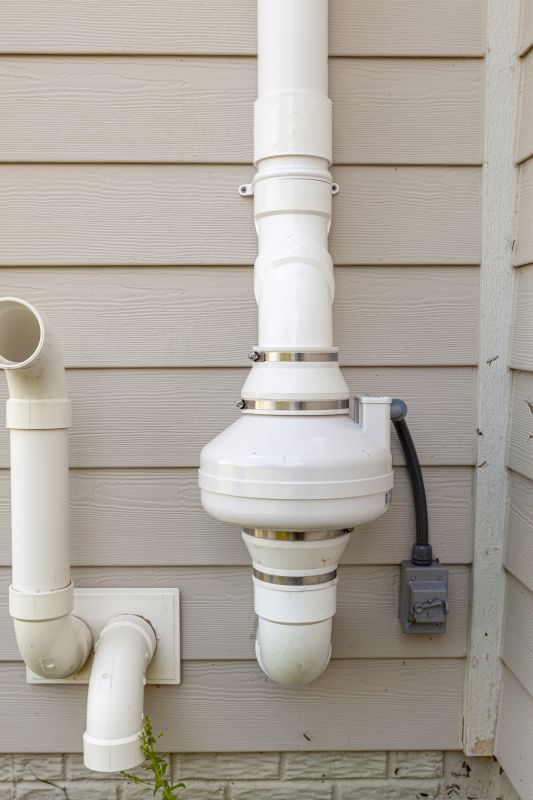
A completed mitigation system installed in a basement, with vent pipes leading outdoors.
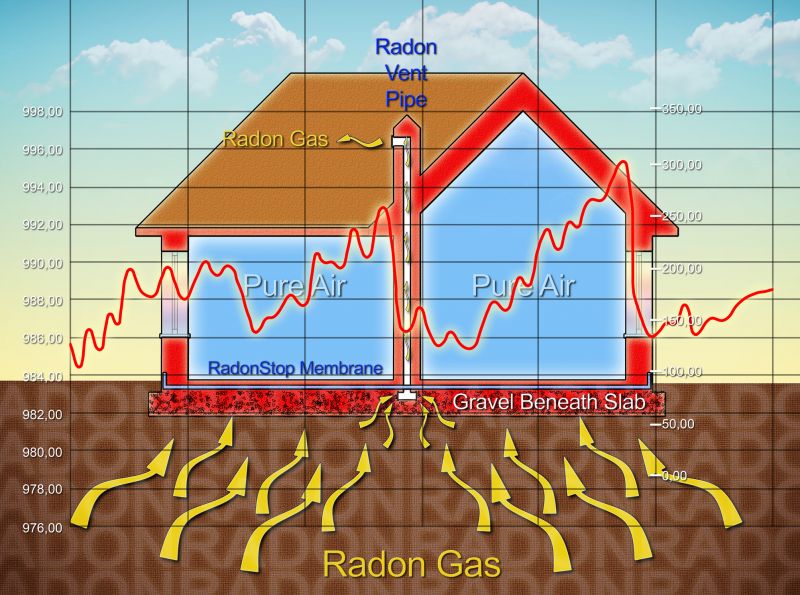
Components such as vent pipes, fans, and sealing materials used in mitigation systems.
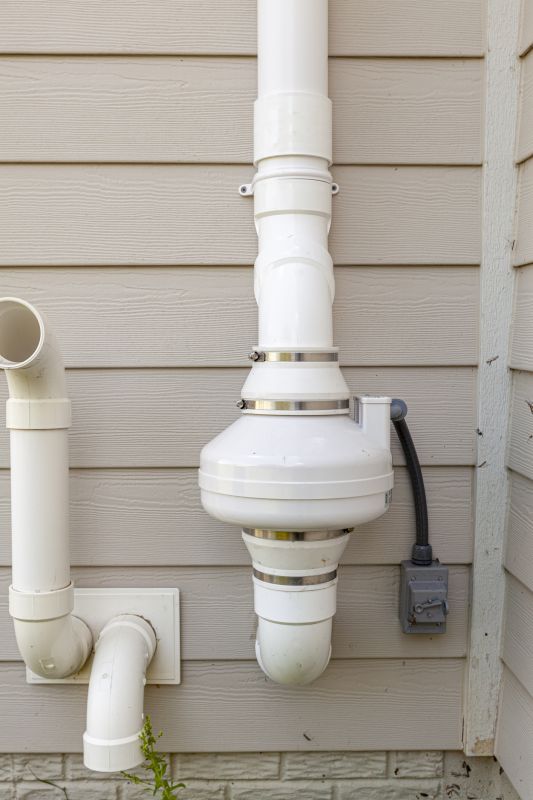
A home featuring a ventilation system designed to reduce indoor radon levels effectively.
Regular testing after mitigation ensures the system continues to perform effectively. Homeowners are encouraged to conduct radon tests periodically, especially after system installation or if there are changes to the property that could affect airflow and ventilation.
If interested in reducing radon levels in a property, filling out the contact form can provide a quote and schedule an assessment. Professional guidance ensures the installation is tailored to specific building needs and provides peace of mind regarding indoor air quality.
